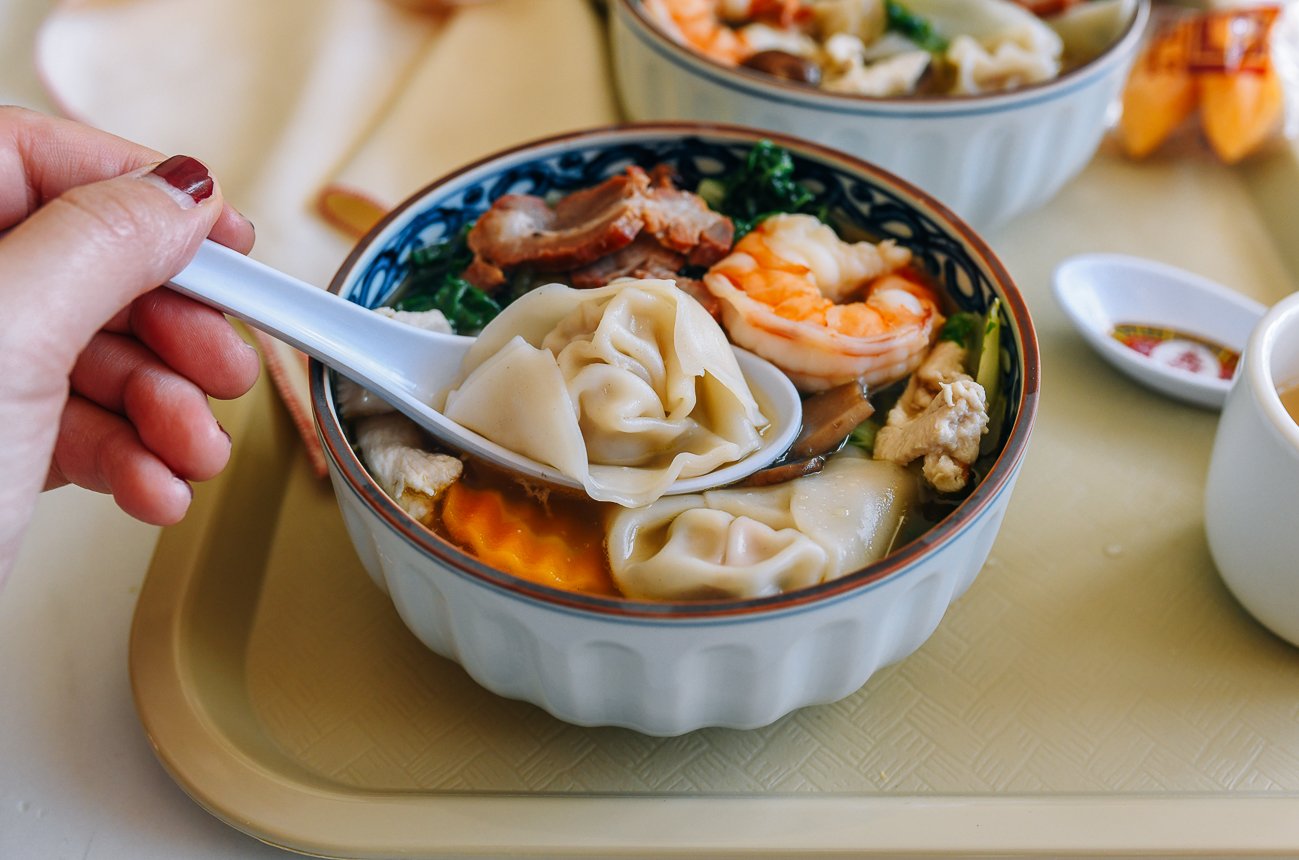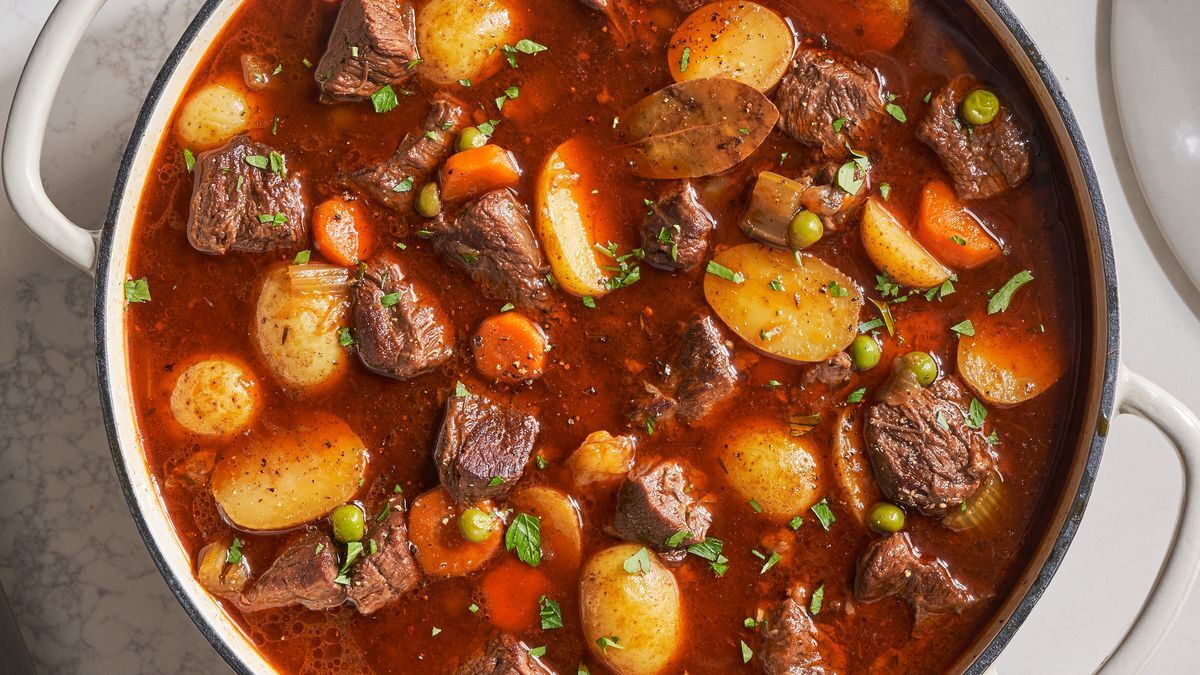The Delicious Debate: Fagioli vs. Fazool
When it comes to Italian cuisine, there’s often a lot of debate about the names and variations of dishes. One such debate revolves around the difference between fagioli and fazool. While both dishes are beloved for their rich flavors and hearty ingredients, there are some key distinctions that set them apart.
Fagioli: A Hearty Italian Classic
Fagioli is an Italian word that simply means “beans.” In Italian cuisine, pasta e fagioli, which translates to “pasta and beans,” is a popular and comforting dish. This hearty soup typically features a tomato base, cannellini beans, small pasta such as ditalini or elbow macaroni, and a variety of aromatic vegetables and herbs.
Key features of fagioli include:
- Tomato-based broth
- Cannellini beans
- Small pasta
- Aromatic vegetables and herbs
Fazool: Exploring the Italian-American Twist
Fazool is a playful, Italian-American slang term for “fagioli.” It is often used to refer to a specific variation of pasta e fagioli that has been adapted and popularized in Italian-American communities. While the core ingredients remain the same, fazool may have a heartier, meatier flavor profile due to the addition of ingredients like pancetta, sausage, or other meats.
Key features of fazool include:
- Similar ingredients to fagioli
- Possible addition of pancetta, sausage, or other meats
- Hearty, meatier flavor profile
So, What’s the Difference?
At its core, the difference between fagioli and fazool lies in their origins and the slight variations in ingredients and preparation. While fagioli is a traditional Italian dish with a focus on simplicity and the natural flavors of beans and pasta, fazool represents an Italian-American adaptation that embraces heartier, meat-centric elements.
Whether you prefer the classic comfort of fagioli or the robust flavors of fazool, both dishes offer a delicious taste of Italian culinary tradition. So, the next time you’re craving a warm, satisfying bowl of soup, consider trying both fagioli and fazool to experience the nuanced differences for yourself.
Ultimately, the debate between fagioli and fazool is a delightful reminder of the rich and diverse tapestry of Italian cuisine, where regional variations and cultural influences continue to shape beloved dishes for generations to come.
Was this page helpful?
Read Next: What Is The KFC Gravy Recipe











